I watched the PBS Television series on the Vietnam.War. I did not serve – I made no apology then and find no need to apologize now that I anguished for years to not be drafted – I am not a hero. I was a draft resistor. Nobody needs to thank me for my service.
The series shows that our part in the war was misguided and doomed from the start. I’m certain that there was wasted heroism by brave boys the same age as me. Many of my friends served, some were wounded, acquaintances were killed. North Vietnam and their brand of communism was never a threat to our United States. My friends that returned as soldiers were never dealt harshly by me. We had a somber understanding that the world was crazy and we survived.
ON BECOMING
Magazines: Among the small luxuries I enjoyed as a small-town Utah boy, were the many magazines my parents subscribed to. At six years old I received a Donald Duck comic book addressed with my name on it, posted to our house. I felt grown-up having my own mail delivered to just me, a small towhead kid. Among others, we had subscriptions to Saturday Evening Post, Look, Life, Newsweek, National Geographic, Time and Esquire. Mother received Vogue, Elle, and Harper’s Bazaar. We had stacks of magazines.
My circadian clock, even as a six-year-old, got me up alert at 5 o’clock in the morning. Everybody thought it was unusual, but no-one tried to stop me from getting up. If I wanted, I could greet the newspaper boy, or the milkman and talk him into giving me a chocolate milk that was later billed to my parents. But mostly I remember sitting comfortably on the shag carpeted floor, next to the heat register in the winter, and perusing the various magazines and the morning Tribune. I was exposed to a great deal of adult information. In the newspaper I enjoyed reading Dan Valentine, Ann Landers as well as the comic strips. Presidential trivia was a child hood hobby so the syndicated columns by Eleanor Roosevelt were never missed.
I remember a fascination of lingerie clad women in my mother’s fashion magazines. Cigarettes were allowed to advertise in magazines back then and spent a lot of money making them interesting and intriguing. There would be a whole page dedicated to the scientific Micronite filter that took out much of the nicotine and tars by using asbestos. Later I would go on to smoke Kent cigarettes with the comfort that I am smoking the healthier cigarette.
I was a voracious reader and the magazines exposed me to a lot of the world I might’ve missed from Midvale Utah without them. I am the youngest of four. My smarter older brother Kendall moved to San Francisco in 1957. Before he left, he showed me a few things, and taught me to play chess and poker. I admired him. When I was 15 he gifted me a subscription to The New Republic, a magazine of articles on politics and the arts. It was over my head, but I stretched my intellect to try and understand what was being written.
I remember being startled by a warning article in The New Republic on the Gulf of Tonkin Resolution that authorized President Lyndon Johnson to take all necessary measures to fight back the North Vietnamese Communist forces. It’s been over 50 years but it seems to me now that this article was my red alert that the war in Vietnam was about to get a lot bigger and more important to me. The article sounded the alarm that I could be drafted in less than three years. I was way ahead of the curve of boys my age because my brother’s gift of the New Republic, and my habit of reading my parents collection of current periodicals. My interest in the Vietnam War became personal and acute.
“VIETNAM DRAFT AVOIDANCE ” . . . [You say it like it was a bad thing]
Around my 16th birthday, in the summer of ’66, after I had finished my sophomore year at Hillcrest High school in Midvale, I followed my mother and dad to an adults only condominium apartment in Salt Lake City. My parents were looking to get rid of their regular responsibilities of owning a home. Dad had semi retired, and they were planning to do a lot of traveling in the future. The two bedroom luxury condominium had a spectacular view of the valley from the east bench of Salt Lake near historic Emigration Canyon the route of the Donner party in 1846 and the Mormons in 1847.
[My spell check wants to correct “Donner Party” to “Dinner Party – Spell Check lacks the historical perspective that they would only be eligible for the name change months later in the Sierra Mountains]
At my core I am adaptable, but it was awkward to leave behind my dogs, my known life, and childhood friends of Midvale.
I soon got a drivers license. If she wasn’t using it, Mom was generous with her 1963 LeMans convertible. Her car afforded me an amount of freedom with an abundance of style. I believe there were only four or five residents in the condominium under 20 years old. I had shallow friendships with a couple of them. I had been uprooted and had no real friends near me. It proved difficult to make friends at East High School. I joined the debate team, DECA, and feigned interest in the local Mormon Ward house looking to expand social contacts. At 17, I got a job selling women’s shoes at Bakers Shoe Store on Main Street downtown Salt Lake. I bought a used Volkswagen Bug with the sale of my rare penny coin collection. Then I was as free as I had ever been in my life. I had money and mobility. I was curious about marijuana and found a source where I could buy a matchbox full of marijuana leaves for $5.
Utah was not isolated. During the summer of love, 1967, the Cosmic Aeroplane opened up as Salt Lake’s 1st head shop. My initial purchase there was zigzag cigarette papers and a peace sign sticker for my VW. No big deal. I really wasn’t interested in beads or posters but the head shop was a portal to draft avoidance strategies. Occasionally they would host draft avoidance counselors. It was at the Cosmic Aeroplane where I learned of upcoming antiwar rallies. It seems like I went to all of them.
I was afraid. True. I was young and naïve but I had gathered enough of my senses together to know that I did not want to become cannon fodder in what I thought was an insane war. The draft registration was in my future. I could see boys just months older than me getting snagged up and disappearing into a world of olive drab. I believe the fear came before the conviction. I was determined to not be drafted.
Once having coffee with my father and his friend at a Midvale diner, talk turned to the war in Vietnam. The discussion heated up and Harold, my dads grizzled old friend angrily slapped a 20 dollar bill down on the table exclaiming it was his offering for my trip to Canada. Emotions ran high. The country was divided.
I put in a lot of effort to avoid conscription. In order to vote in 1968 you had to be 21. It was unfair. I followed the political scene, became a fan of Gene McCarthy. I was disappointed in the Democratic National Convention in Chicago, and disillusioned by the murders of Martin Luther King and Robert Kennedy. Those times forged political views. Lyndon Johnson and the Democratic Convention made me skeptical of the Democrats. Richard Nixon made me despise the Republicans.
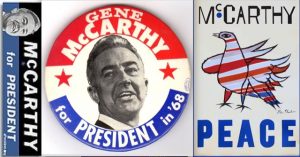 I had no physical problems to exploit that would defer me from the draft. Although I was willing to go to Canada, I opted to become a Conscientious Objector rather than serve as a soldier. I didn’t understand that draft boards are local, corruptible and needed to make a quota. By now I was happily married and my wife and I both wanted to stay in this country. With passionate help from draft avoidance counselors at the Cosmic Aeroplane, a Methodist minister from Midvale, rev. Ed Howlett, and Rev. Hugh Gillam from Salt Lake’s Unitarian Church, I was able to craft an argument to present to the draft board of why I should be a conscientious objector and not a soldier.
I had no physical problems to exploit that would defer me from the draft. Although I was willing to go to Canada, I opted to become a Conscientious Objector rather than serve as a soldier. I didn’t understand that draft boards are local, corruptible and needed to make a quota. By now I was happily married and my wife and I both wanted to stay in this country. With passionate help from draft avoidance counselors at the Cosmic Aeroplane, a Methodist minister from Midvale, rev. Ed Howlett, and Rev. Hugh Gillam from Salt Lake’s Unitarian Church, I was able to craft an argument to present to the draft board of why I should be a conscientious objector and not a soldier.
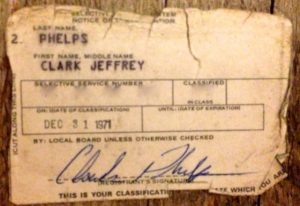 The physical examination for the draft board was eye opening. By now I was passionately antiwar, and figured I would be with a cadre of like-minded boys. I wasn’t !
The physical examination for the draft board was eye opening. By now I was passionately antiwar, and figured I would be with a cadre of like-minded boys. I wasn’t !
The sense I got was that most of the boys at the draft physical were anxious to put on a uniform and fight for America. It shook me up. When I sat across the desk from the draft board officer, I told him of my impending application to become a conscientious objector. He said cryptically “Let’s see how you do on the physical that you have just taken”. I knew I had passed, if I would have had a physical problem I would’ve exploited it as the easiest way to avoid conscription.
Weeks later I received my draft card in the mail proclaiming me: “1Y”, a temporary physical deferment. There was no explanation. Later I was given, again without merit, a “4F”, the classification for a permanent physical deferment. For three years I felt uneasy that they could revoke my unearned physical deferments. I accepted them, not understanding how or why I had been given these dubious classifications. Then in the draft lottery of 1971, my birthday drew a winning number of #360 and I felt secure that I had successfully and permanently avoided the draft. My draft avoidance took years of anguish. Looking back, I think it was easier for the Draft Board to eliminate me with faux physical deferments rather than to go through the complicated hoopla of granting me the conscientious objector status. The local Salt Lake Draft Board easily met its quota of willing young men without owning the problem of my passionate resistance.
In October 1969, over 4000 of us including my brother Fred marched in the “Moratorium” that began with speeches at Reservoir Park and ended 2 miles later downtown at the Federal Building. Rev. Ed Howlett of St. Marks Episcopal read the names of Utahns killed in the war and called for an immediate end to the conflict.
PIONEER DAY. July 24, 1970
President Richard Nixon had replaced Lyndon Johnson as the point man to my opposition to the Vietnam conflict. Nixon announced his plans to speak briefly in Salt Lake City. The elevated steps of the old LDS Church office building was chosen as the venue before the President stepped inside for a brief discussion with the patriarchs of The Church of Jesus Christ of Latter-day Saints. [The Mormons].
Plans were made for an antiwar demonstration on South Temple Street across the from the steps of the old granite church office building. I told Kendall, my older wiser brother, of my plans to join the demonstration. He approved with an admonition. He advised me to take a moment when I first arrived and observe my surroundings. Look around, don’t be in the middle of the group, be on the periphery, and have an escape route in case things go crazy. He suggested that I should be unencumbered and not carry a protest sign. So upon arrival to the street blocked off from traffic, I heeded his advice and took a moment to look around.
At the time Zion’s Cooperative Mercantile Institution [ZCMI], the first department store in the United States, was undergoing a major remodel. The construction and their dedication to continuing business throughout the project made the backdrop awkward for the planned Nixon speech. Following my brother’s advice, I turned around to looked up and noticed four or five policemen visibly carrying rifles several stories up at the top of the remodel.
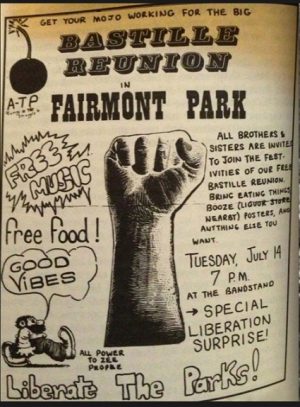 Their presence shivered my bones as it drove home the seriousness of our national divide. The Kent State shootings were very fresh occurring only two months earlier in May, 1970. In Salt Lake, just two days after Kent State, a repurposed World War II frame building near the Student Union Building on the University of Utah campus was torched. The next morning the National Guard Headquarters near campus had its front wall blown out. Even Salt Lake City was in revolt.
Their presence shivered my bones as it drove home the seriousness of our national divide. The Kent State shootings were very fresh occurring only two months earlier in May, 1970. In Salt Lake, just two days after Kent State, a repurposed World War II frame building near the Student Union Building on the University of Utah campus was torched. The next morning the National Guard Headquarters near campus had its front wall blown out. Even Salt Lake City was in revolt.
When the President appeared, flanked by Mormon church leaders, he gave a short speech congratulating the Mormons for overcoming the adversity of pioneering the west and reminded people it was just a year earlier when he had welcomed the astronauts of Apollo 11 back to earth from the first manned moon landing. From where I stood, on the periphery of the antiwar crowd, I could hear the chants and jeers of my fellow antiwar protesters and the spontaneous, yet coordinated yelling “We want justice” referring to the murders of Kent State University students by the National Guard.
Nixon and his family were to attend the popular “Days of ’47 Rodeo” a patriotic event thinly disguised as a rodeo. More time was spent on flag ceremonies, patriotic songs, jingoistic speeches, red white and blue parading horses, and emotional war cries than on calf roping, bronco riding, and barrel racing combined.
It was easy to predict the motorcade route to the Salt Palace where the rodeo was going to be held. I proceeded on foot ahead of what I anticipated the route to be. Just as I had expected, although ahead of schedule, came the motorcade of black cars. I was alone on West Temple Street as they passed me. I faced them, while Pat Nixon, from her rolled down window seat waved. I instinctively held up the power fist as a symbol of my defiance and disapproval. It was my “one on one” moment with the Nixon’s. Before that moment, I had never used the power fist. It was instinctive. Even though I fancied myself as a peacenik type of hippie, the raised fist felt comfortable and liberating.
By 1972 Richard Nixon had proved to me and others that he was despicable. He escalated the war, Watergate break-in stories were emerging, and his Vice President Agnew was crooked. I was solidly behind the antiwar candidate George S. McGovern. Baby Dr. Benjamin Spock also ran on an antiwar platform. Interesting times. As Nixon heated up his campaign for reelection I sent him a joke letter. I told him I was 22 and for the first time in my life eligible to vote for a president. I had thought about it a lot and decided I would campaign for him at Westminster College and head up a Reelect Nixon movement on campus. I asked him for a signed photograph and he delivered. Nixon was easily reelected – and like George W. Bush’s re-election years later, and our current President, I am reminded of H.L. Menkens’ expanded quote:
“No one in this world, so far as I know — and I have searched the records for years, and employed agents to help me — has ever lost money by underestimating the intelligence of the great masses of the plain people. Nor has anyone ever lost public office thereby.”
Clark Phelps lives in Salt Lake City, Utah.
Click Here to Read Clark’s Previous Installment of “Bygones & Obsolete Stories…”
To comment, scroll to the bottom of the page.
Don’t forget the Zephyr ads! All links are hot!


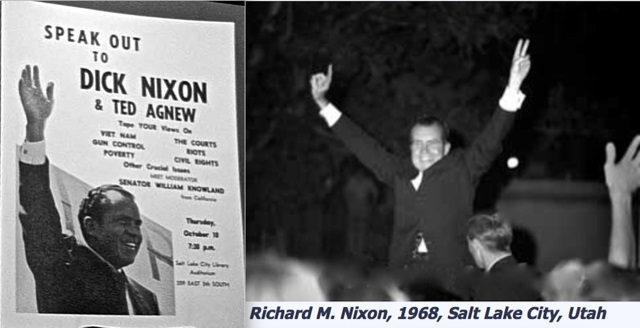
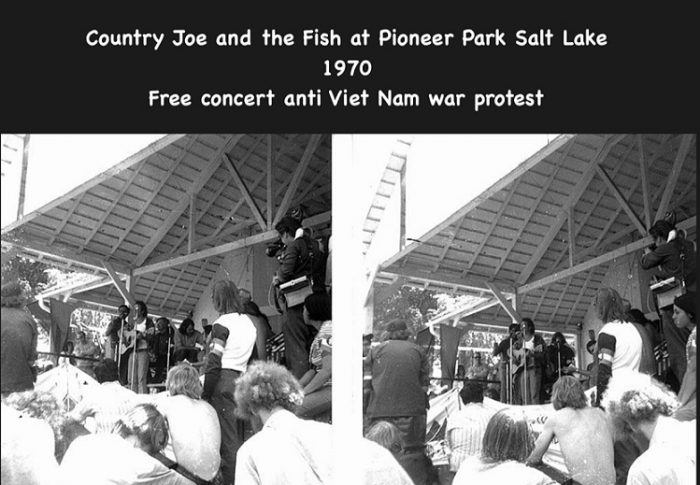

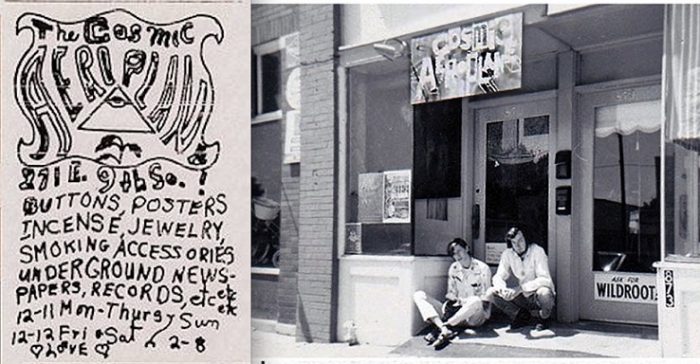
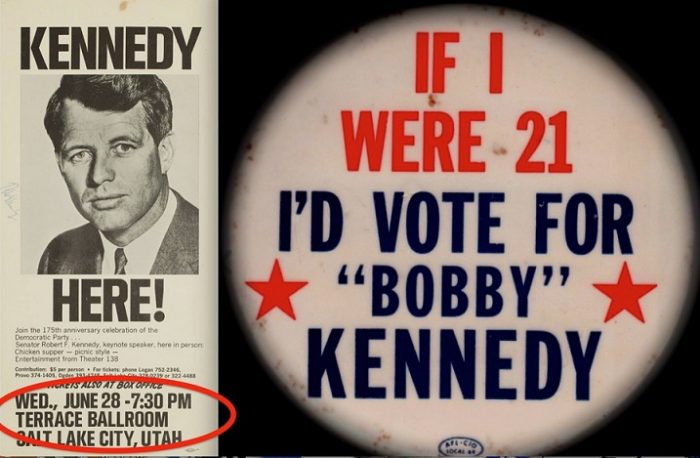
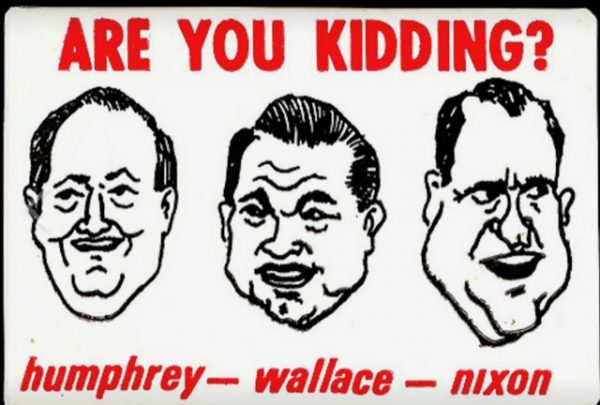
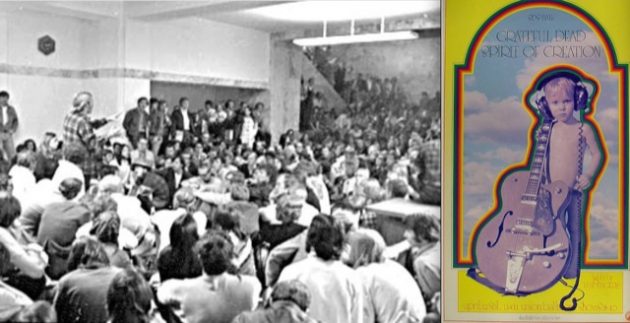
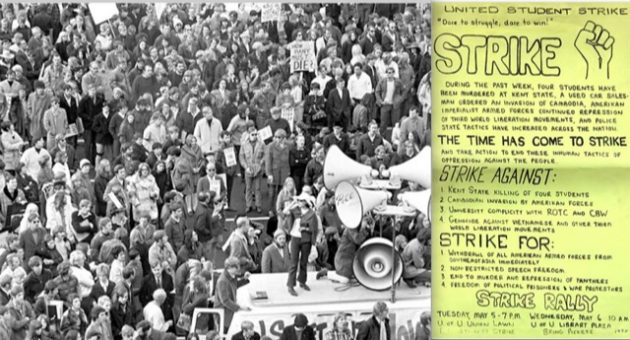
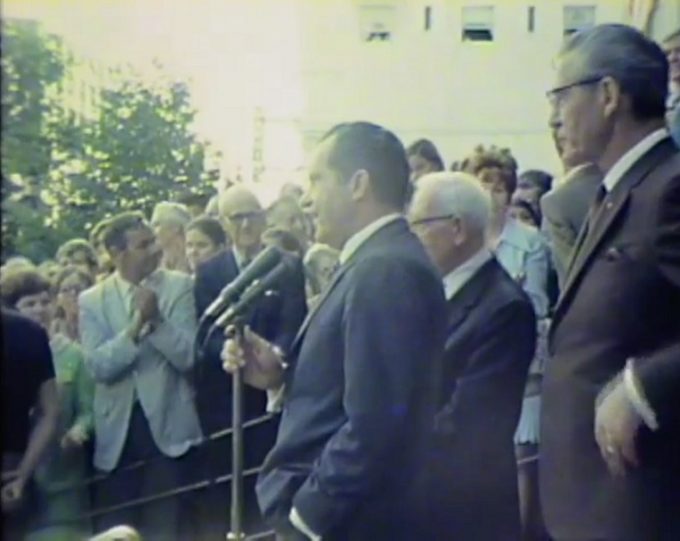
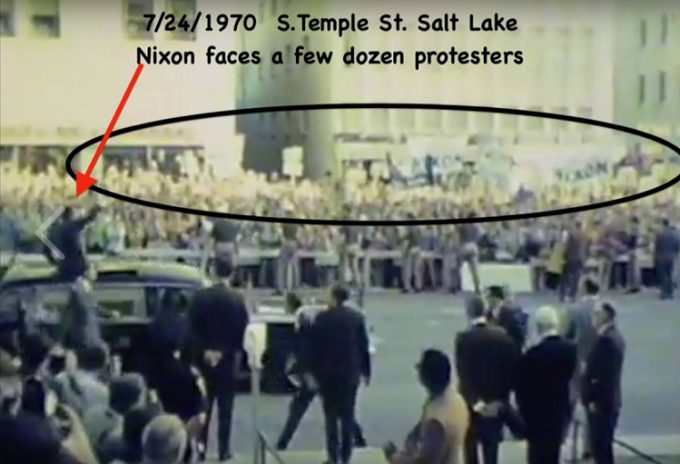
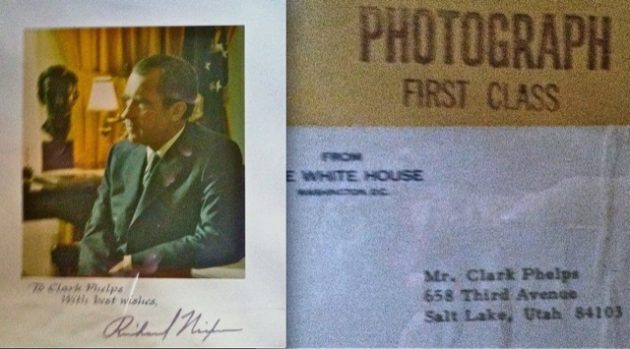
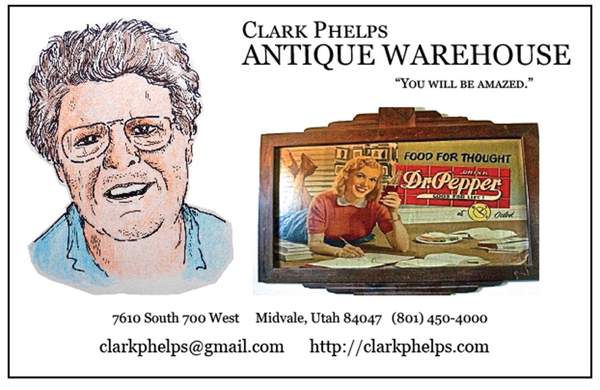
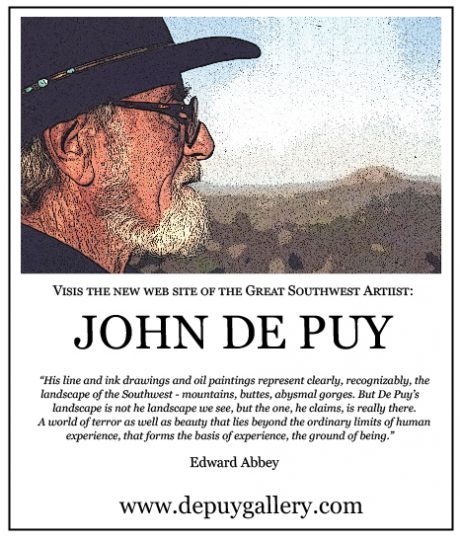
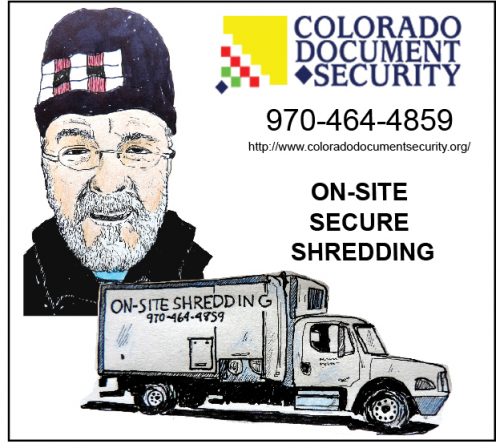
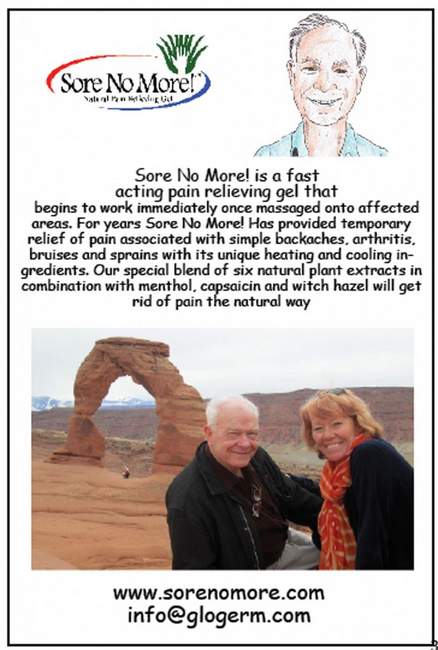
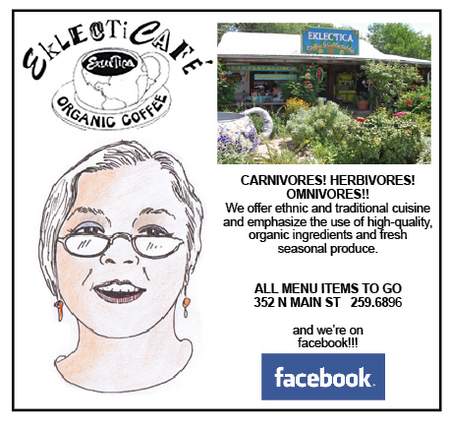
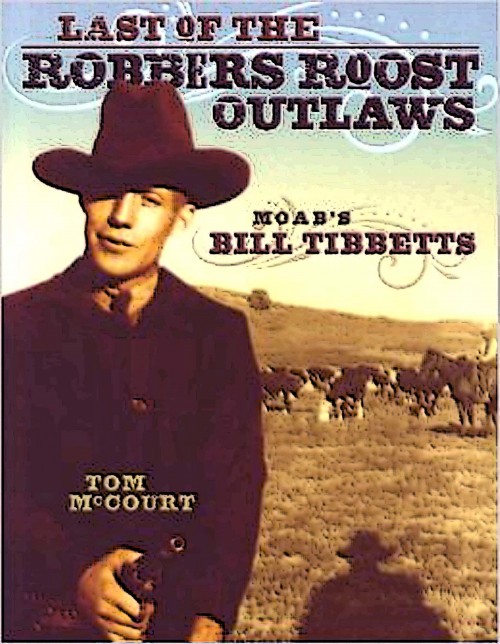
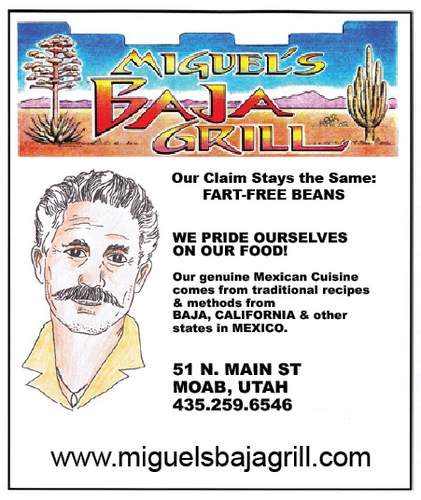
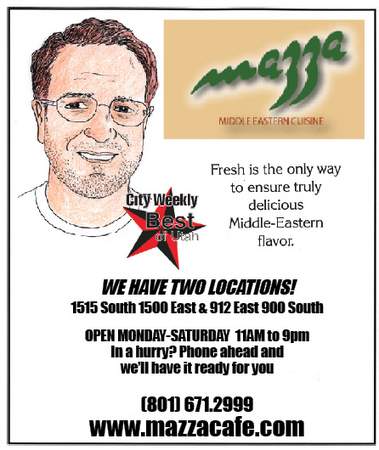
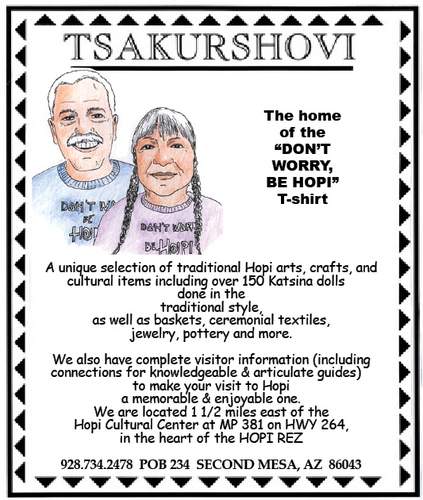

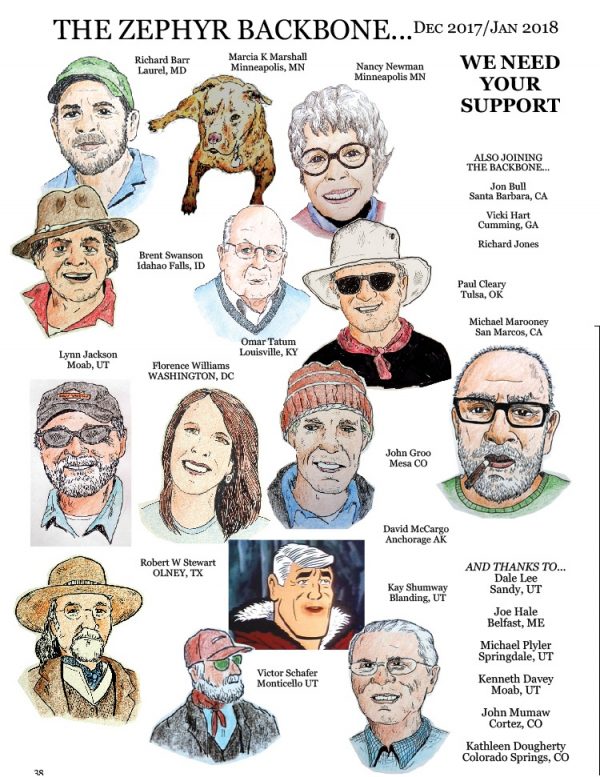
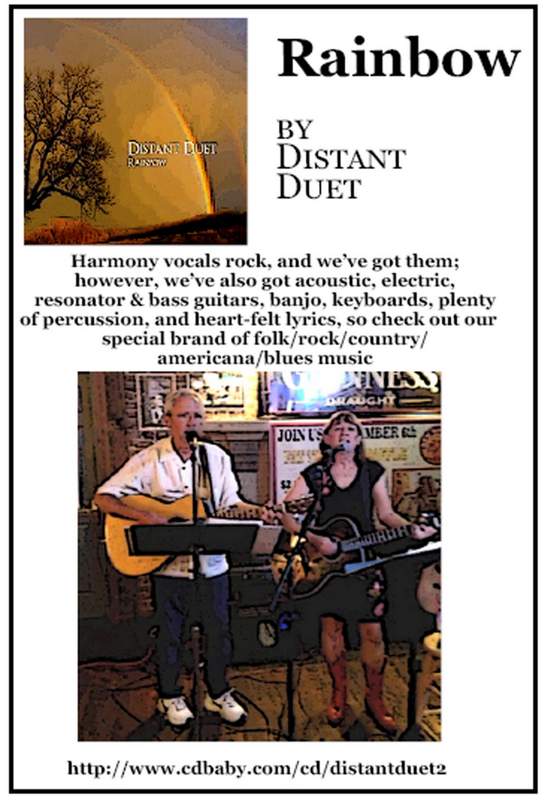
Clark, your story takes me back–I still have my old draft card. Feeling the same way about the war as you did, I debated the relative merits of Montreal and Toronto (they speak more English in Toronto). I pulled a safe 200-something number in the lottery the year I turned 18 (1974). As I remember it, Nixon ended the draft a year after, so I was no longer threatened by the draft and my Canadian dreams turned to the Rocky Mountain west instead.
Either you keep phenomenal records or you have an amazing memory, or both. Because I didn’t have the worries or the political involvement you did, your recollections are a rich revelation to me from someone I knew once-upon-a-time. Thanks for the meaningful look back, Clark.